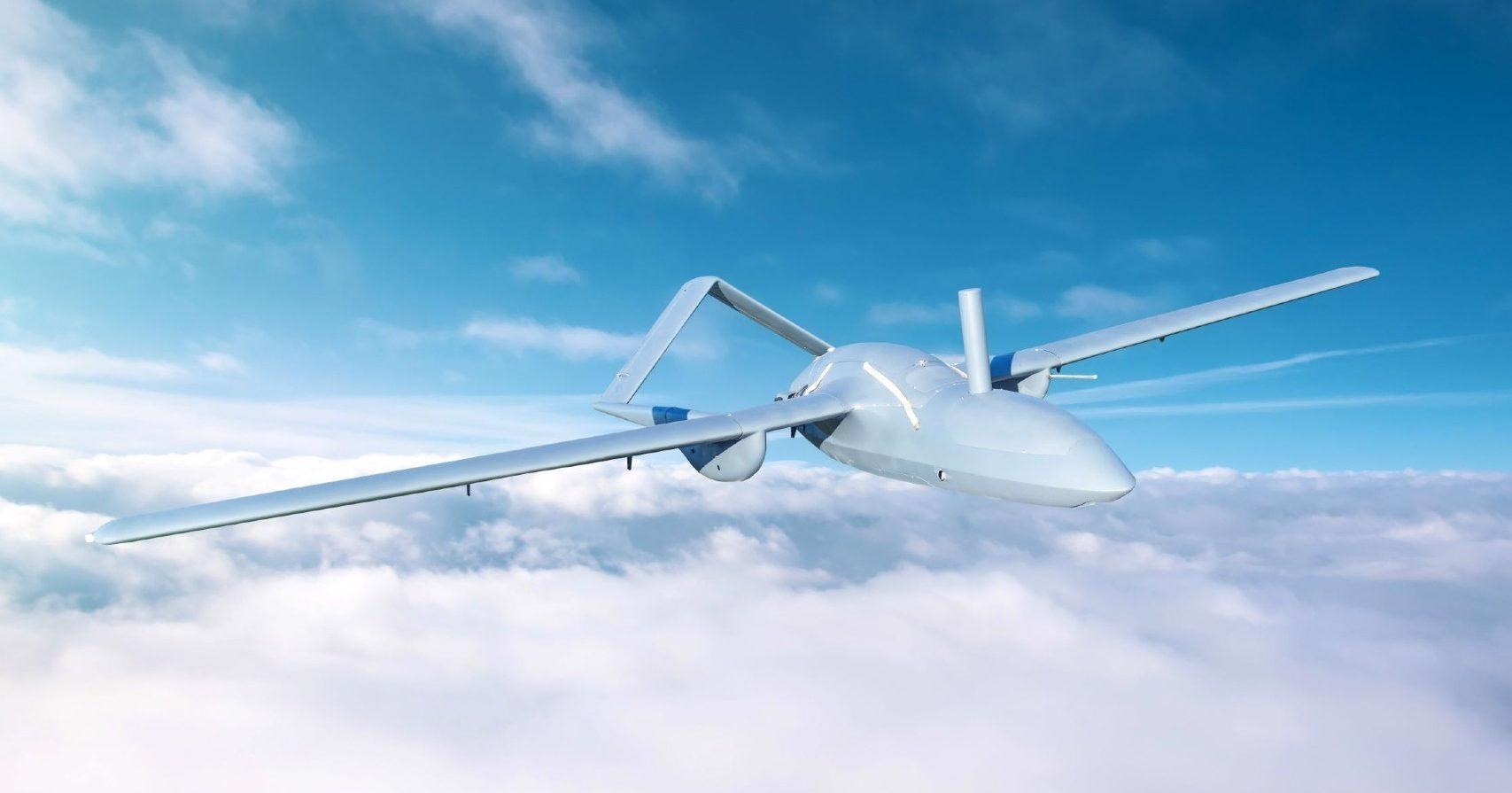The aviation industry is under pressure from multiple sources, including rising fuel prices and increased investigation of its aircraft’s environmental and quality-of-life effects. Scientists are continuously looking for new ways to reduce costs while increasing overall efficiency, and the relatively new industry of unmanned aerial vehicles (UAVs) — or drones — is no exception.

Image Credit: aapsky from iStock.
UAVs are taking up more and more space in aviation circles. Suong Hoa and his student co-authors introduce a framework for producing UAV wings that are cheaper to manufacture and more effective in aircraft. The study was published in the journal Composite Structures.
Hoa is a mechanical, industrial and aerospace engineering professor at the Gina Cody School of Engineering and Computer Science. The researchers performed an analysis on the application of a new way to manufacture adaptive compliant trailing edge (ACTE) morphing wings using a methodology Hoa invented referred to as 4D printing of composites.
The innovative technology substitutes a hinged wing flap for one that is connected to the main wing body but can flex up to 20 degrees.
Our paper shows that a UAV using this kind of wing can support a good amount of load for small or medium-sized vehicles.
Hoa, Director, Centre for Composites, Concordia University
Using Material Reactions
4D printing is equivalent to 3D printing in that materials are changed from place to place. The separate material is just used as reactive to a specific stimulus, such as water, cold, or heat. The preliminary printing is done on a flat surface, which is then subjected to the stimulus, which causes a reaction and changes the shape of the surface. The modified setup of the once-flat material is referred to as the fourth dimension.
Composite 4D printing is more difficult. It depends heavily on a sinewy mixture of lengthy, fine filaments kept in place by a resin rather than the soft, dough-like substance widely used by 3D and 4D printers. Each filament is only 10 microns thick, or roughly one-tenth the diameter of a human hair.
The filament-resin mixture is unrolled in ultra-thin layers at 90-degree angles from one another in the 4D composite printer. The layers are then compressed together and healed in an oven at 180 ˚C before being cooled to 0 ˚C, resulting in a rigid but robust item.
According to the authors’ report, this makes it possible to create a section of material with a unified curvature that is layered between the upper and lower surfaces of the wing flap. It is versatile and strong enough to carry the wing’s 20-degree deformation for flight maneuverability.
“The idea is to have a wing that can change its shape easily during flight, which would be a great benefit as compared to fixed-wing aircraft,” Hoa clarifies.
He claims composite 4D technology has enormous potential for a wide range of applications. The transportability of its products, he claims, is a huge draw.
“Because it is flat, it is easy to package to send to remote areas, from Canada’s Far North to outer space.”
Journal Reference:
Hoa, S., et al. (2022) Development of a new flexible wing concept for Unmanned Aerial Vehicle using a corrugated core made by 4D printing of composites. Composite Structures. doi.org/10.1016/j.compstruct.2022.115444.